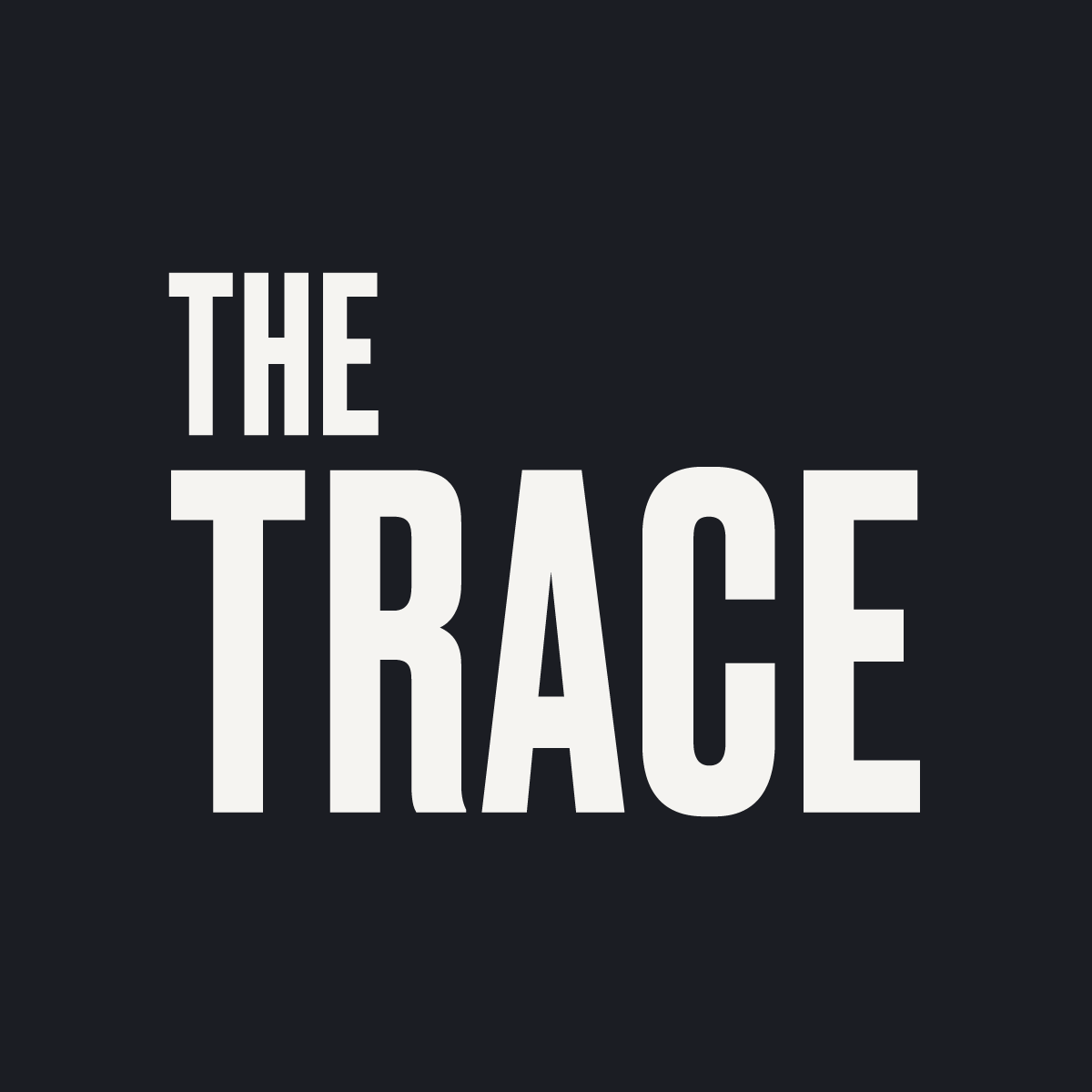Everybody wants to feel safe. It’s a need that transcends political divisions — and one that politicians readily exploit for selfish aims.
The 2024 election, as we have reported, played out during a historic decrease in crime. But one candidate and his party repeatedly made false and racist claims about mayhem in American cities. A majority of voters were either captivated by that rhetoric, or made their decision despite the lies, choosing to return Donald Trump to the White House and giving Republicans gains in the Senate, statehouses, and possibly the House of Representatives as well.
The Trace’s mission, reporting on gun violence, means that safety is at the heart of our beat. As a nonprofit, nonpartisan newsroom, we don’t make endorsements. We do, however, believe deeply in truth, accountability, reason, and the common good. So, yes, many of us — perhaps like you — are disconcerted by the election’s outcome.
We also know that we cannot afford to despair. Not when there is so much work to be done.
The readers who make our journalism possible have told us that they depend on The Trace to help them better understand our country’s unique problem with gun violence, and what it will take to solve it. They trust us to keep paying attention to this issue, no matter what story is occupying the national press corps. They empower us to produce investigative journalism that reveals the true motives of the special interests who profit from pain and fear. We are clear-eyed about the challenges looming in the months and years ahead. And we will be resolute in fulfilling the responsibility with which we’ve been entrusted.
At the national level, that will entail watching out for efforts to roll back elements of the Bipartisan Safer Communities Act, which had the backing of 15 Republican senators when it passed in 2022 but has since faced attacks from gun rights groups. Our journalists will also chronicle the fate of the public investments in community violence prevention that have coincided with consecutive double-digit declines in the gun homicide rate. Notably, none of the significant federal advances in violence prevention during the past four years have imposed new restrictions on firearm ownership. Gutting those reforms would deny vital interventions to some of Trump’s backers, while providing only a symbolic win to Second Amendment absolutists. By telling those stories, The Trace’s watchdog reporting has the potential to protect measures shown to save lives.
The gun industry will also continue to warrant scrutiny: Firearm companies enjoyed a boom during the Obama years and likely expected another windfall if a Black woman ascended to the Oval Office; now, they will be seeking other means to stoke demand and pad their margins. We will continue to monitor the changing legal landscape as well. Gun groups, seizing on the Supreme Court’s Bruen decision, have flooded the courts with lawsuits seeking to overturn gun safety laws. Some of those cases, The Trace has documented, are based on distortions and untruths that need to be exposed before they can sway judges. Others, we have shown, are bankrolled by secret funders who shouldn’t be able to operate in the shadows.
No matter what’s happening in Washington, states and cities will have options for reducing gun violence during Trump’s second term. We see an urgent opportunity for The Trace’s journalism to spread awareness of the strategies and tactics that have worked best. When a governor signs a new gun violence prevention law or a mayor announces a new initiative, The Trace will be there to report on whether it’s implemented effectively and equitably. Journalism often overlooks that aspect of governing, but breakdowns in followthrough can breed the cynicism that autocratically inclined politicians exploit. We’re committed to filling that void in coverage, while expanding the resources we provide to local journalists who want to improve reporting on gun violence in their communities.
Those are just some of the stories The Trace will be fighting to tell. We use that word — fight — reluctantly; we’re not an advocacy group, nor members of any resistance, as one of our colleagues in the press has put it. But as another observer has pointed out, “When a war is declared on you, you are at war, like it or not — even if all you’re doing is reporting the truth.” While we gear up for the next four years, we feel fortunate for the rapid mobilization, now underway, of fellow newsrooms and First Amendment groups who are banding together to defend press freedom.
As the parsing of the election continues, we’ve been thinking about a different number: The 50 percent of U.S. adults who say they’ve lost a family member to gun violence, been injured by guns, threatened with a firearm, or witnessed someone being shot. They did not choose to bear those scars. But journalism can ensure that their voices are heard. With your help, The Trace will continue to light the way toward a future in which everyone has the safety they deserve.

